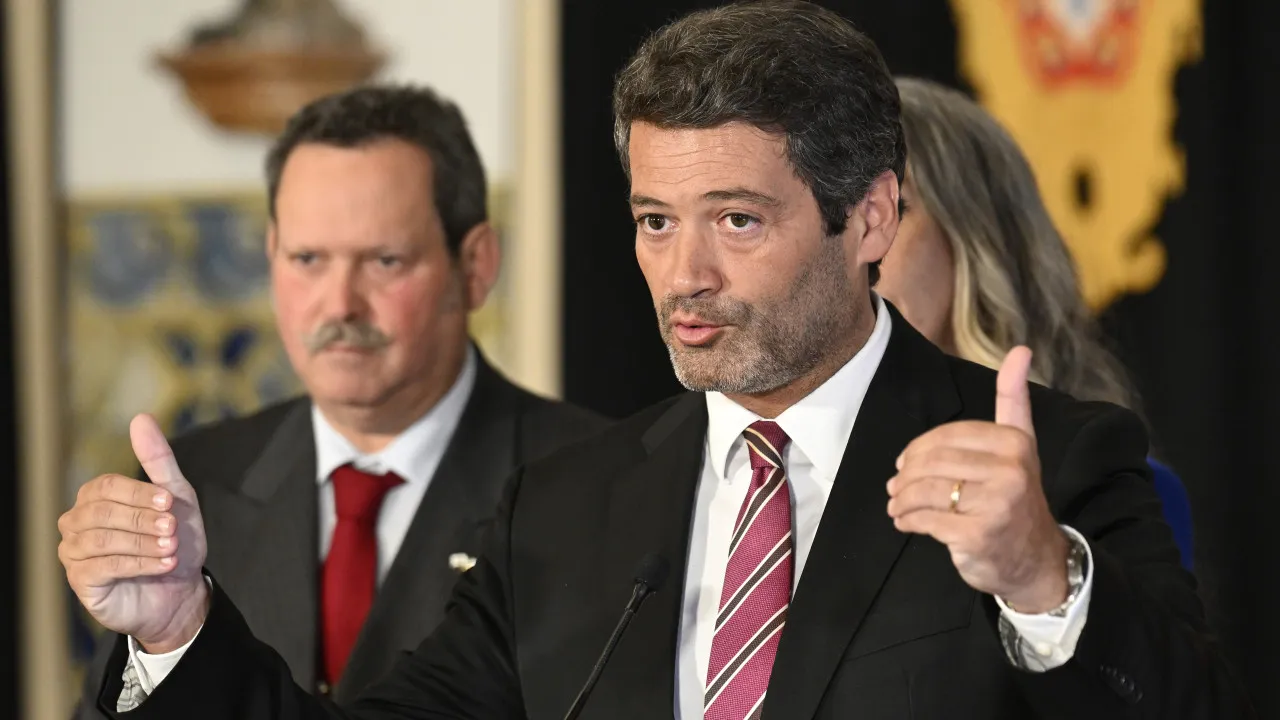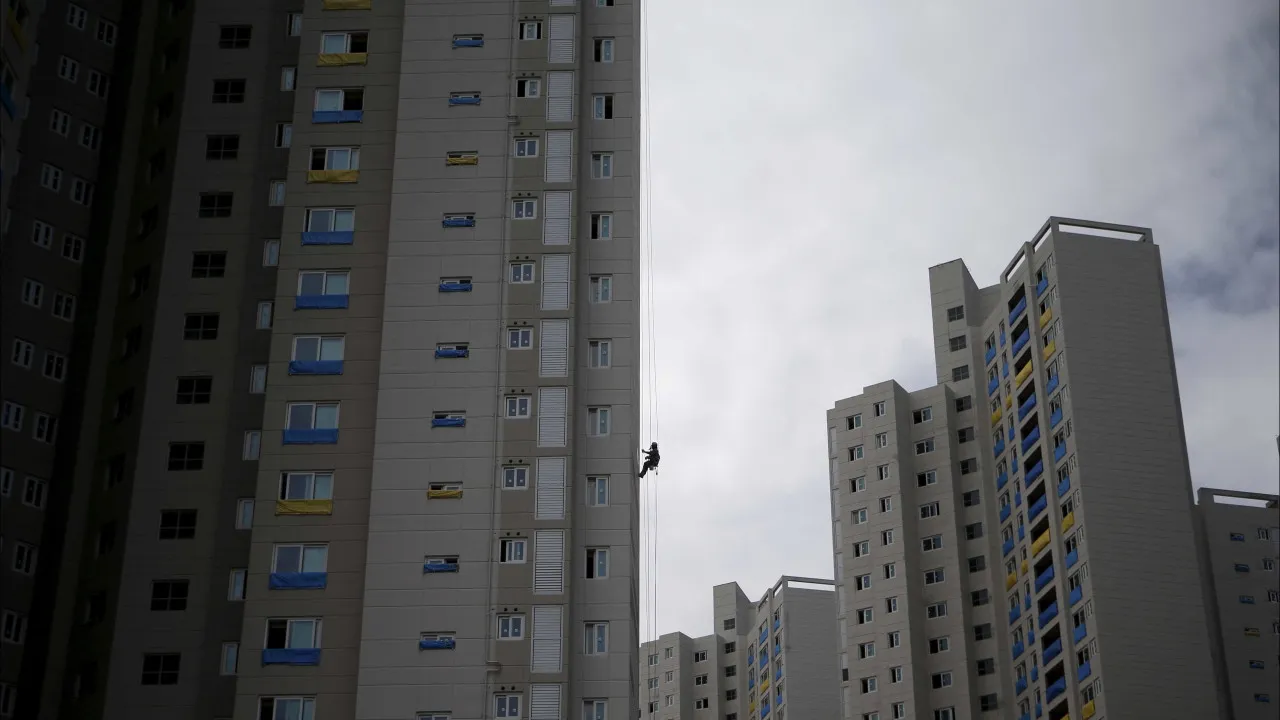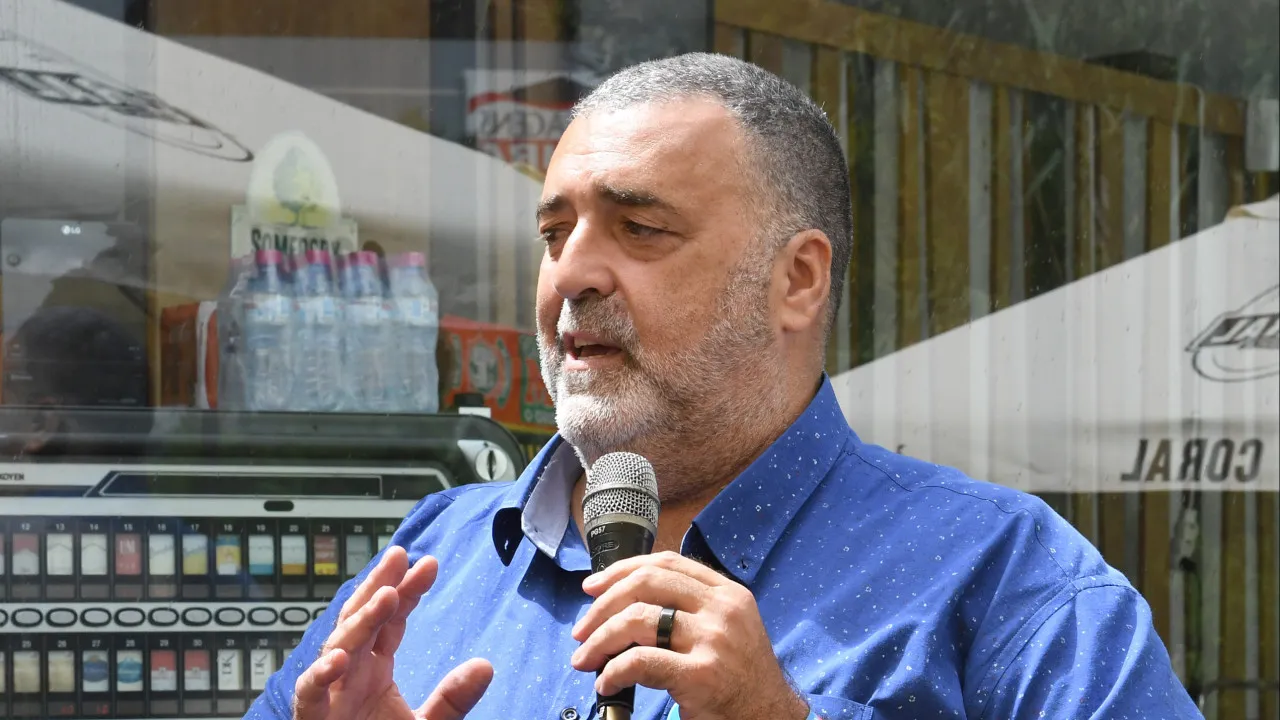
During the period analyzed, from April 7 to May 19, researchers from LabCom, the Communication Sciences Research Unit of UBI, monitored 4,514 party posts and concluded that 81% of the misinformation originated from Chega.
The PS, PSD, and CDS had one occurrence each, accounting for 19% of the posts.
The analysis was conducted on major platforms: Instagram, Facebook, X, TikTok, and YouTube.
The study revealed a 160% increase in misleading content compared to the 2024 European elections.
In total, 16 misinformation cases were directly associated with the official party pages, with nine leading to the opening of investigations by the ERC.
Despite an increase in the number of cases, the scientific coordinator of the study “Misinformation in the 2025 Legislative Elections: Party Activity on Social Networks,” João Canavilhas, quoted in a note sent to the Lusa news agency, considered that “there is no worrying level of misinformation.”
The report, released by the institution based in Covilhã, in the district of Castelo Branco, assessed the risk level and concluded that 44% of the content had a low disinformation potential, “being easily debunked.”
Of the situations verified, 37.5% were classified with medium potential, involving subtle manipulation, and only 18.8% of the analyzed cases were considered high potential.
The most common format for misinformation is videos, “whether with montages, cuts, or edits of pieces, ahead of a wide range of static images.”
“Fake surveys or those from entities not registered with the ERC were the most common type of misinformation (31.1%), followed by content from fake media outlets (25%) and manipulated videos or posts that discredit the media (both 18.8%),” summarized the report.
The objective of the study was to identify misinformation phenomena, and the digital activity of the nine parliamentary parties was monitored.




